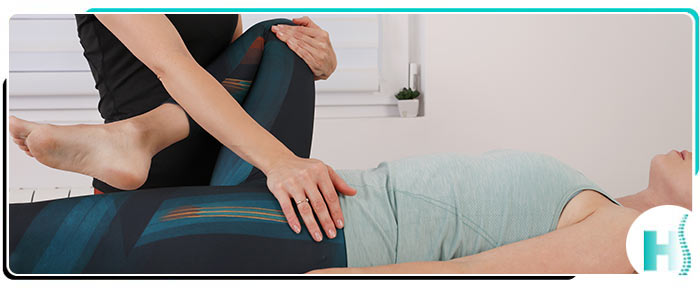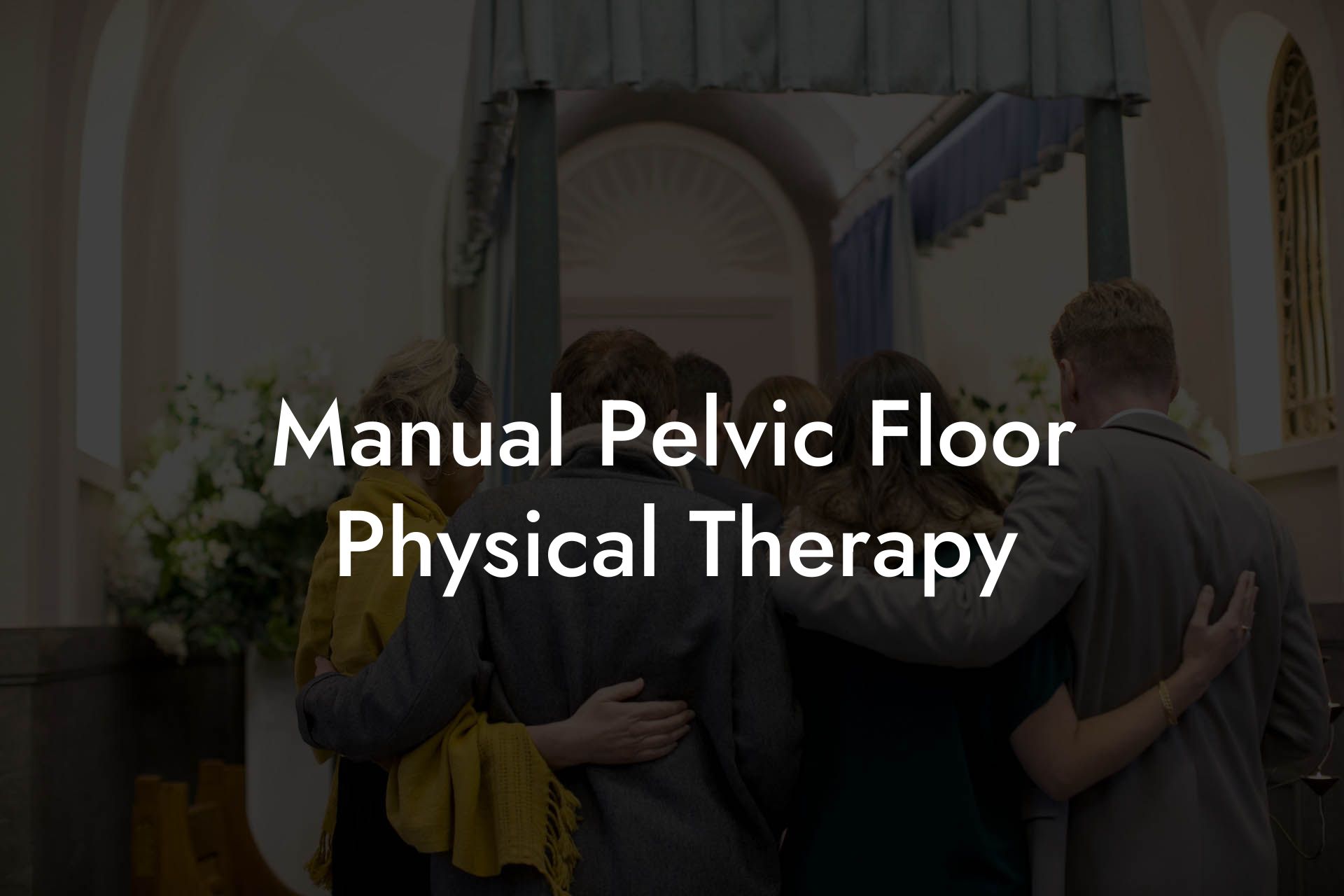Best Pelvic Floor Therapy Near Me

The subtle ache in the lower back, the unexpected leak during a laugh, the persistent pressure – these are just whispers of a problem affecting millions: pelvic floor dysfunction. For many, the search begins with a simple query: "Best pelvic floor therapy near me." But navigating the world of pelvic health can feel overwhelming, fraught with misinformation and a lack of readily accessible resources.
This article aims to demystify pelvic floor therapy, providing a comprehensive guide to understanding its benefits, finding qualified practitioners, and navigating the treatment process. It will explore the conditions treated, the various therapeutic approaches employed, and offer advice on how to assess the quality of care you receive. We'll also delve into the growing awareness surrounding pelvic health and its impact on overall well-being.
Understanding Pelvic Floor Dysfunction
The pelvic floor is a group of muscles that support the bladder, uterus (in women), prostate (in men), and rectum. These muscles play a crucial role in bowel and bladder control, sexual function, and core stability. When these muscles are weakened, tightened, or otherwise dysfunctional, it can lead to a variety of uncomfortable and debilitating symptoms.
According to the National Association for Continence (NAFC), an estimated 25 million adults in the United States experience urinary incontinence alone. Pelvic floor dysfunction can manifest in various ways, including urinary or fecal incontinence, pelvic pain, pain during intercourse, constipation, and pelvic organ prolapse.
Factors contributing to pelvic floor dysfunction include pregnancy and childbirth, aging, obesity, surgery, chronic coughing, and genetics. Certain medical conditions, such as endometriosis and interstitial cystitis, can also contribute to pelvic floor issues.
What is Pelvic Floor Therapy?
Pelvic floor therapy is a specialized form of physical therapy that focuses on rehabilitating and strengthening the pelvic floor muscles. It is a conservative, non-invasive treatment option that can often provide significant relief from symptoms associated with pelvic floor dysfunction. The goal is to improve muscle function, reduce pain, and restore proper pelvic floor function.
Treatment approaches vary depending on the individual's specific needs and condition. Common techniques include: Kegel exercises (though proper technique is crucial), biofeedback, manual therapy, electrical stimulation, and therapeutic exercises.
Biofeedback helps patients become more aware of their pelvic floor muscles and learn to control them effectively. Manual therapy involves hands-on techniques to release muscle tension and improve joint mobility. Electrical stimulation can be used to stimulate weak muscles or relax overactive muscles.
Finding the "Best" Pelvic Floor Therapist: Key Considerations
Finding a qualified and experienced pelvic floor therapist is crucial for successful treatment. Look for a physical therapist who has specialized training and certification in pelvic floor rehabilitation. The American Physical Therapy Association (APTA) offers a specialist certification in women's health physical therapy.
Inquire about the therapist's experience treating your specific condition. Not all pelvic floor therapists are experienced in treating all types of pelvic floor dysfunction. Ask about their treatment approach and what you can expect during therapy sessions.
Don't hesitate to ask for referrals from your doctor, gynecologist, or urologist. Online reviews and testimonials can also provide valuable insights into other patients' experiences with a particular therapist or clinic.
Assessing the Quality of Care
A good pelvic floor therapist will conduct a thorough evaluation, including a detailed medical history and a physical examination of the pelvic floor muscles. They should also explain your diagnosis and treatment plan clearly and answer any questions you may have.
Effective therapy requires active participation from the patient. The therapist should provide you with a home exercise program and educate you on proper body mechanics and lifestyle modifications that can support your recovery.
Communication is key. Don't hesitate to express any concerns or discomfort you may be experiencing during therapy sessions. A good therapist will be attentive to your needs and adjust the treatment plan as necessary.
Beyond the Clinic: Lifestyle Modifications and Self-Care
Pelvic floor therapy is often most effective when combined with lifestyle modifications and self-care strategies. Maintaining a healthy weight, avoiding constipation, and practicing good posture can all contribute to pelvic floor health.
Learning proper lifting techniques can help prevent strain on the pelvic floor muscles. Engaging in regular exercise, such as yoga or Pilates, can also improve core strength and stability.
For women, proper toilet posture (using a squatty potty or similar device) can help facilitate complete bowel emptying and reduce strain on the pelvic floor.
The Growing Awareness of Pelvic Health
In recent years, there has been a growing awareness of the importance of pelvic health and the availability of effective treatment options. More people are seeking help for pelvic floor dysfunction, breaking down the stigma surrounding these conditions.
Increased awareness has led to greater investment in research and development of new therapies and technologies. Telehealth options are also becoming more widely available, providing convenient access to pelvic floor therapy for individuals in remote areas.
Organizations like the International Pelvic Pain Society (IPPS) and the American Urogynecologic Society (AUGS) are playing a crucial role in educating healthcare professionals and the public about pelvic health issues.
Looking Ahead: The Future of Pelvic Floor Therapy
The field of pelvic floor therapy is constantly evolving, with new research and technologies emerging. Advances in imaging techniques are allowing for more precise assessment of pelvic floor muscle function.
Researchers are also exploring the potential of regenerative medicine and other innovative therapies for treating pelvic floor dysfunction. Artificial intelligence and machine learning are being used to develop personalized treatment plans.
Ultimately, the goal is to provide individuals with comprehensive and effective solutions for managing pelvic floor dysfunction and improving their quality of life. The search for the "best pelvic floor therapy near me" should lead to empowerment, not further frustration.


















